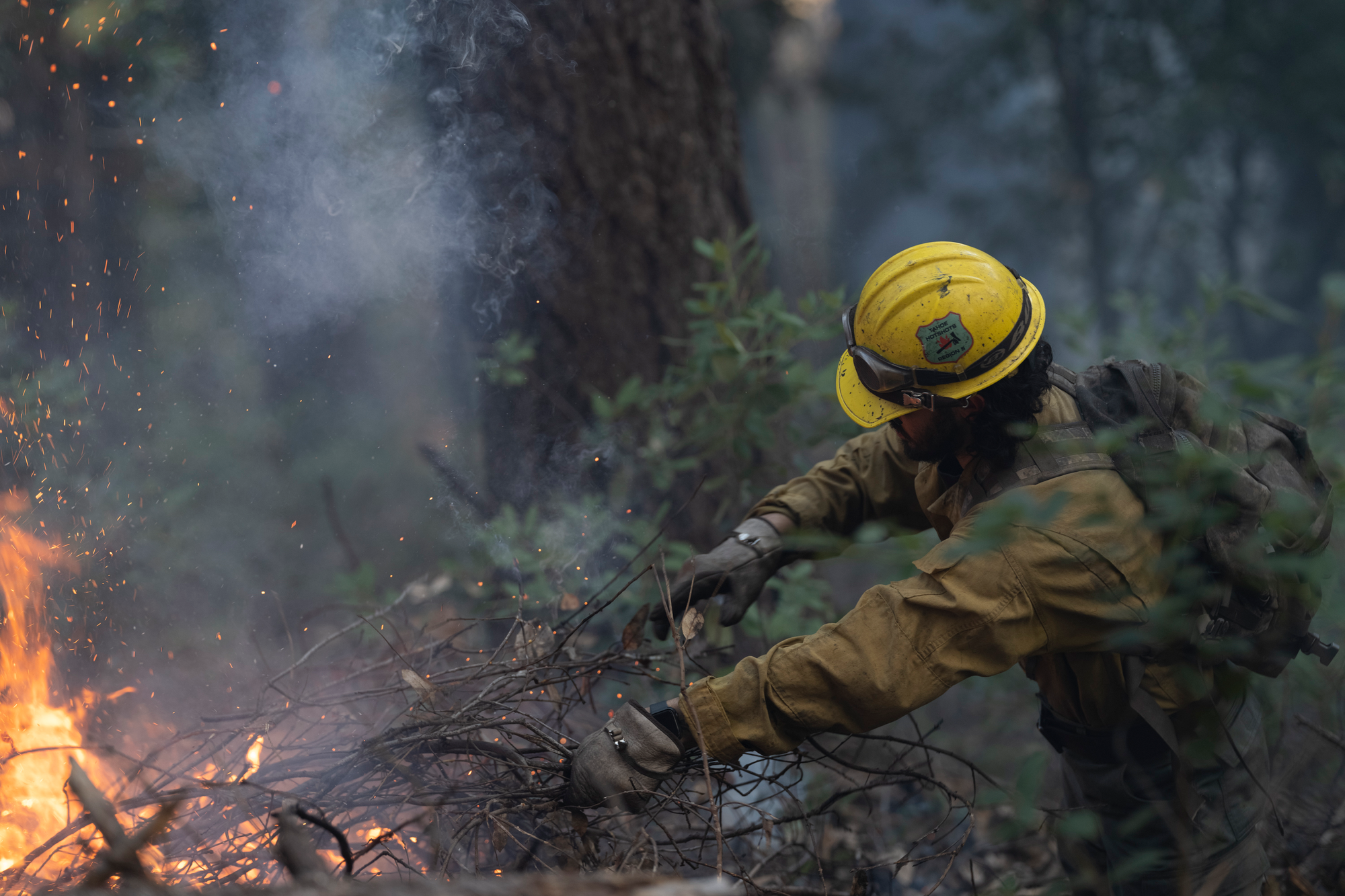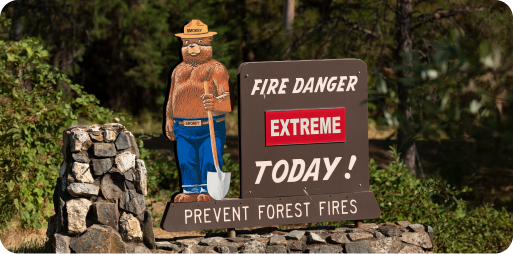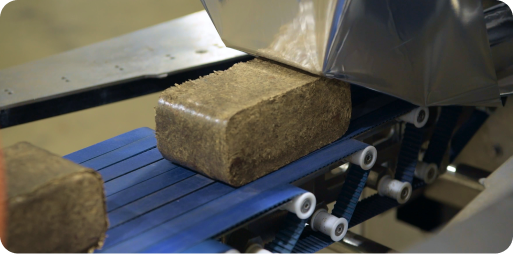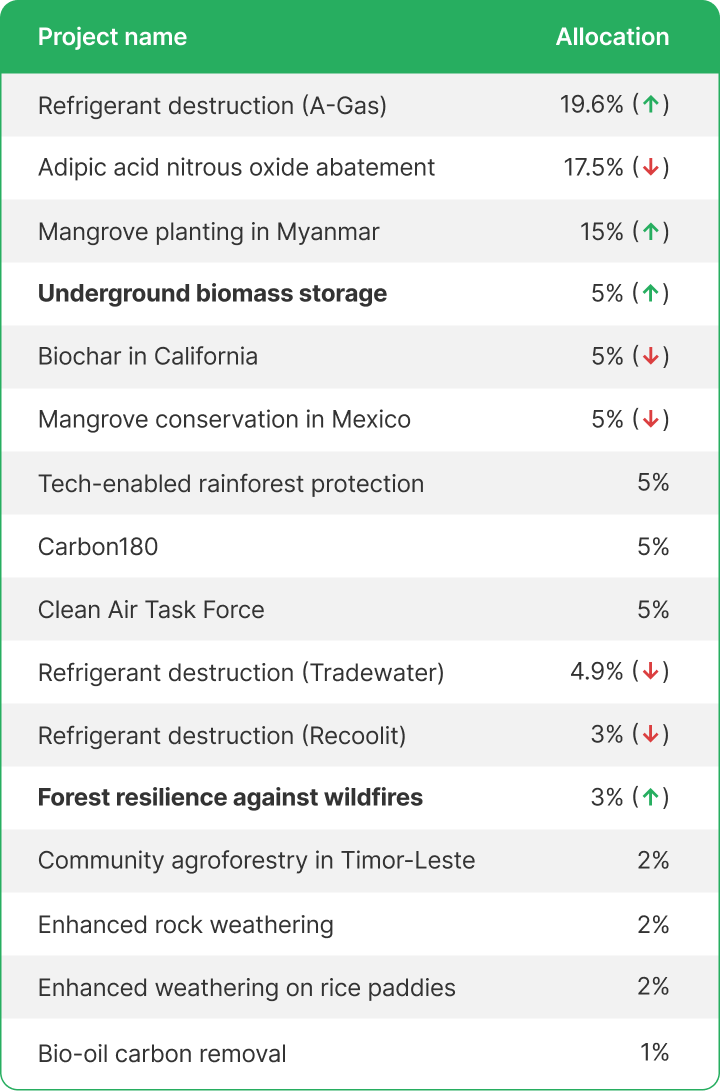Wren Classic Portfolio Update: July 2024
Exciting news, we've added two projects to Wren Classic—the portfolio you support with your subscription.

More projects join Wren Classic
Exciting news, we've added two projects to Wren Classic—the portfolio you support with your subscription. Check them out below:

🌿 Forest resilience against wildfires
Climate change is linked to more frequent and intense wildfires. This project restores and protects forests, watersheds, ecosystems, and communities by catalyzing the resources needed for restoration projects, mitigating wildfire risk and creating a more resilient future.

🍂 Underground biomass storage
When biomass like food scraps and sawdust decomposes, it releases greenhouse gases into our atmosphere. This project helps to break this cycle by collecting unwanted biomass, processing it into carbon blocks, and burying the blocks securely underground.
Updated Wren Classic Portfolio allocations
The funding allocations for Wren Classic have changed.

What is biomass?
Welcome to the Wrencyclopedia, the segment where we explain climate science concepts. This month, let's learn about biomass.
Biomass is organic material like plants—which absorb CO₂ throughout their lives and release it back into the air when they decompose or burn. However, if processed and stored correctly, waste biomass such as food remnants, wood scraps, and clippings can lock up carbon for thousands of years instead of releasing it.
At Wren, we have three projects that remove carbon using biomass. Biochar in California converts wood debris into biochar that gets used as fertilizer, Bio-oil carbon removal turns plant residues into carbon-rich bio-oil that gets injected into wells, and Underground biomass storage condenses vegetation into blocks that get buried.
If you have any questions, send us an email, and we'll get back to you shortly.
Thank you,
The Wren Team 🧡

